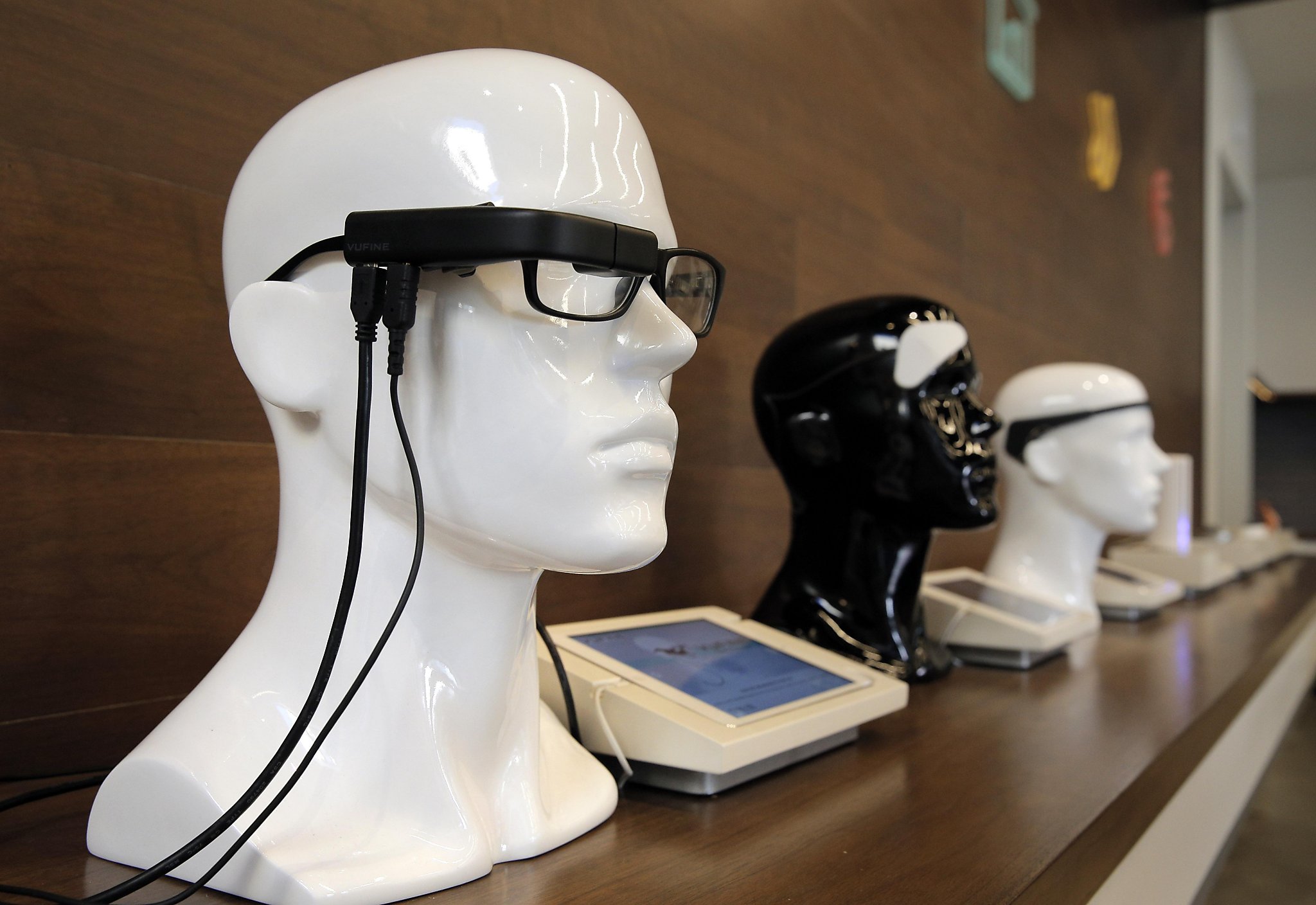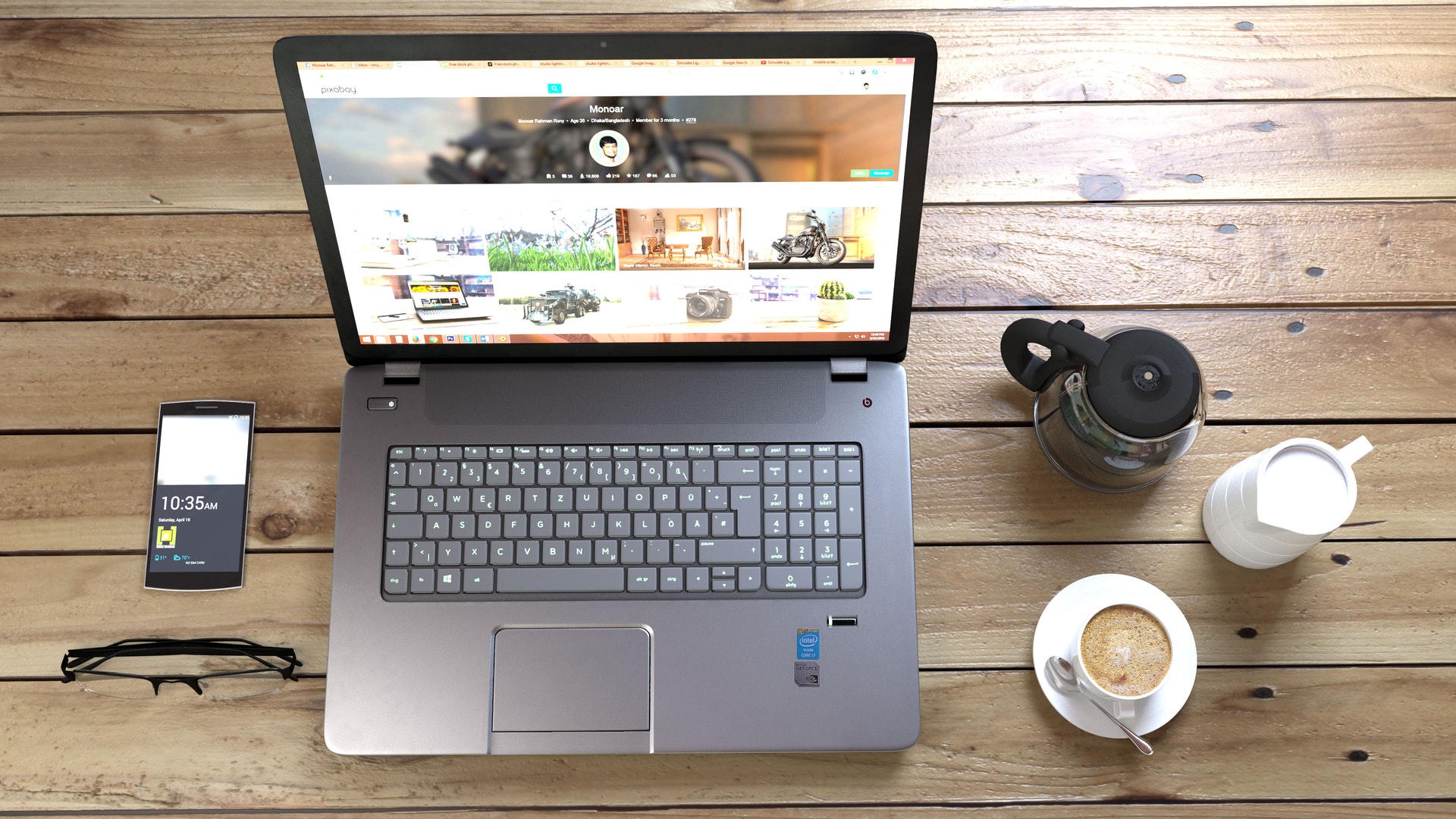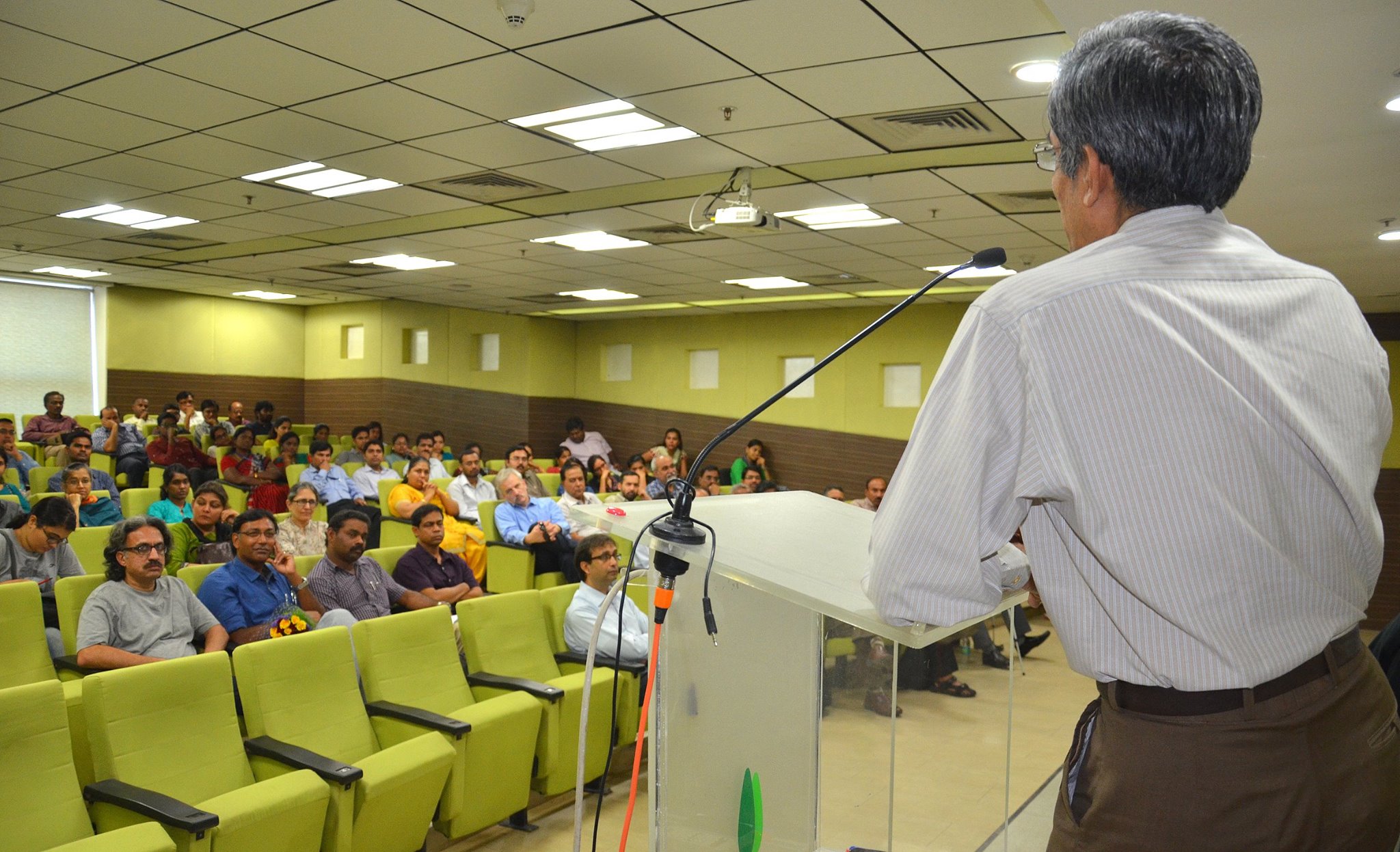Using mannequins is a great way to draw the eye to specific items of clothing. After all, when clothes are merely laid out on shelves or hung up on hangers, it can be extremely hard to visualise how those items will look when they are on. Mannequins remove this problem by displaying quite clearly not only how a certain item will look when worn, but also how it might compliment other specific items of clothing.
However, there is one simple drawback of using female fashion mannequins to model items of clothing, and that is the fact that almost every individual will have a slightly different body. In turn, different items of clothing will look different on different people.
To this end, the digital mannequin has been sired, allowing women to match up their body type on screen and see exactly how a garment will look on them. On the surface this approach may appear very effective indeed, but ultimately the technology used to create such digital mannequins will be expensive, and the time that must be put in by the retailer will be quite significant too.
Furthermore, not only will a budget female mannequin be far cheaper to buy and far easier to use, but mannequins also draw the eye to clothes that might otherwise be passed over. The whole point of a mannequin is to say ‘look how great this top is,’ or ‘look at how amazing these jeans could make your thighs look,’ and so offering a service for individuals to see how clothes will look on them is merely a gimmick that will help reduce the time spent in changing rooms, albeit not by a great deal.
The most effectively dressed mannequins will make individuals want to try on very specific items of clothing, whilst digital alternatives will merely see individuals looking at clothes they would have chosen to look at anyway – they will simply try them on digitally instead of physically.
Many of the digital solutions also require shoppers to measure themselves before they use such a tool. Not only might many have not done this before they head out shopping, but those that have may well not have measured themselves accurately and so may well get a garment home only to find it looks nothing like the digital mannequin suggested it would.
As such, the call for digital mannequins will not be all that great, and whilst certain high-end retailers may utilise them as gimmicks, for the majority of businesses, it will make far more sense to simply make more use of ordinary female mannequins.
Ultimately, the majority of businesses can indeed make better use of window and shop dressing by utilising more modern mannequins, but this does not mean that digital options should be utilised instead. With the right mannequins, the right choice of clothing and the right lighting to set it all off, ordinary mannequins will be extremely effective, prompting a great deal of interest and in turn a great deal of custom from both those browsing and those who were simply passing by.



